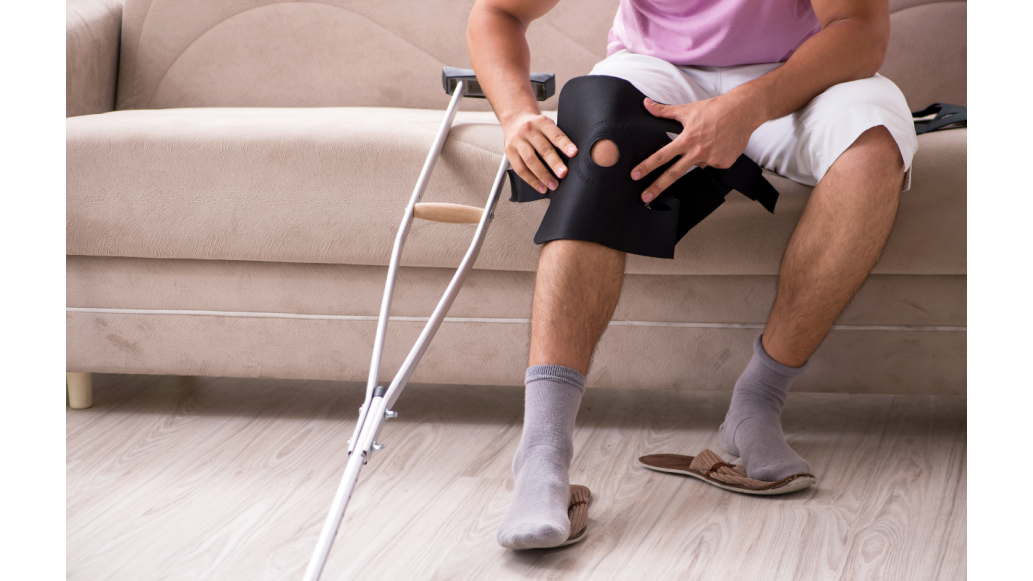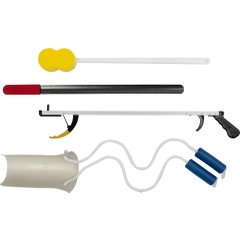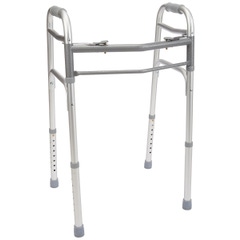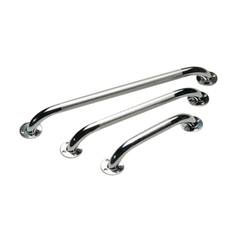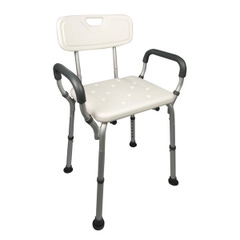A total joint replacement surgery, whether it’s for the hip or knee, can be a life changing procedure. It can offer relief from pain, restore mobility, and potentially improve overall quality of life. Surgery though is just the beginning of the healing process. Physical and Occupational therapy play invaluable roles in maximizing each patient’s recovery safely, efficiently, and effectively.
Why Therapy Is Important After Joint Replacement
After a total hip or knee replacement, the body requires time and support to allow healing to occur. There is now a new joint and the muscles and other tissues around it have been significantly impacted. Many times, fear of movement, pain and swelling can limit movement, and a new motor pattern must be established due to abnormal motor recruitment. This is where skilled PT and OT come into play! Both health professions will help recover with personalized programs that focus on the patients’ unique goals and lifestyle.
Benefits of Physical Therapy After Hip or Knee Replacement
Improved Strength and Mobility
PT assists with improving overall muscle strength globally and around the new joint which is essential for maintaining stability and balance. Therapeutic exercises gradually increase range of motion, strength, and control, making it easier to walk and climb stairs.
Pain Reduction
PT helps minimize pain through guided movement, focused stretching, and modalities like cryotherapy, heat, ultrasound, and electrical stimulation. Staying active with guided supervision helps to decrease stiffness and scar tissue formation.
Enhanced Recovery
Patients who engage in formal PT often recover faster than those who do not. A PT can monitor your progress and modify your individualized treatment plan as needed to enhance your recovery.
Injury Prevention
Learning how to move more safely with the new joint especially in the early stages of recovery, can assist with preventing falls and other injuries. A PT can also help poor correct posture or poor walking patterns that may have developed after surgery.
Benefits of Occupational Therapy After Hip or Knee Replacement
Regain Independence
Occupational therapists focus on helping you perform everyday activities such as bathing, dressing, cooking and cleaning. After joint replacement even simple movements can be difficult! OT will educate on safe techniques and provide adaptive equipment to assist with regaining independence.
Home Safety Modifications
An OT can evaluate the patients home environment and recommend changes to prevent accidents and promote independence. These recommendations may include adding grab bars, shower chairs, raised toilet seats, or rearranging furniture to allow easier movement with a walker or a cane.
Energy Conservation/Joint Protection
Deconditioning and fatigue after joint replacement is common. OT teaches strategies on how to conserve energy and pace yourself during activities of daily living. This will assist in preventing overexertion while still supporting a productive routine.
Return to Meaningful Activities
Whether it's gardening, golfing, exercise, or playing with grandchildren, OT can formulate a focused treatment plan to help the patient return to the activities that matter most! OT can design focused exercise programs and routines tailored to each individual for the greatest return to meaningful activities.
Working Together: PT and OT as a Team
Physical and Occupational therapy complement each other for the greatest benefit of the individual that they serve. While PT may focus more on rebuilding physical strength and function, OT ensures that the patient can apply that strength in real world situations. Together, they create a comprehensive and holistic approach to joint rehabilitation!
Top Recommended Products
Medical Disclaimer: The information provided on this site, including text, graphics, images, and other material are for informational purposes only and are not intended to substitute for professional medical advice, diagnosis, or treatment. Always seek the advice of your physician or other healthcare professional with any questions or concerns you may have regarding your condition.

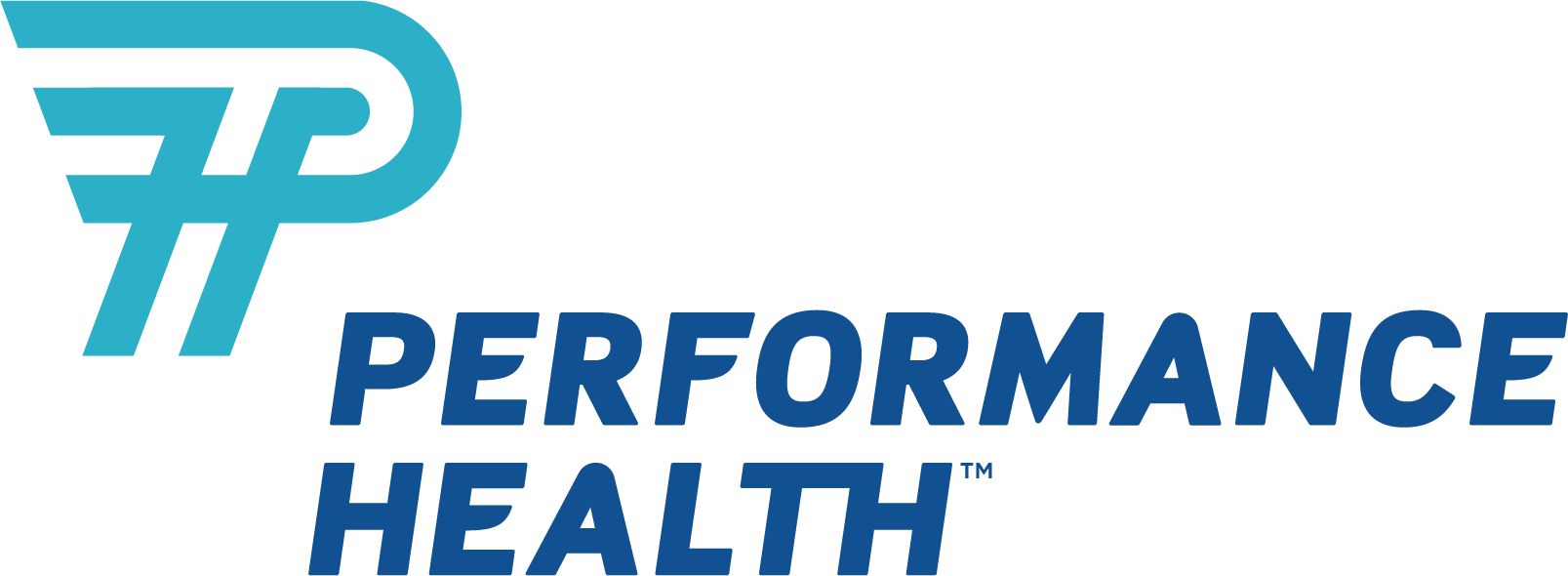






 France
France Australia
Australia